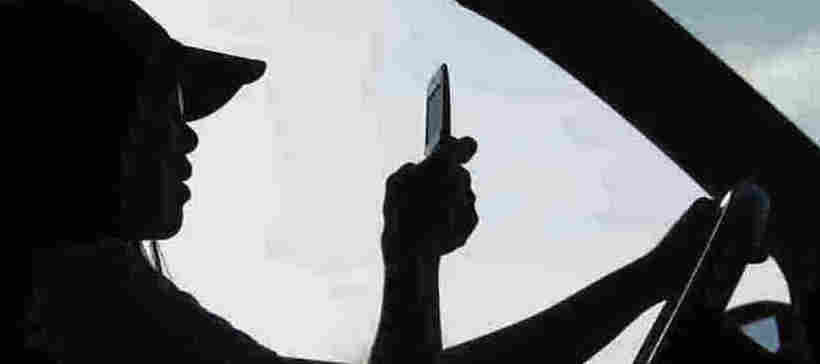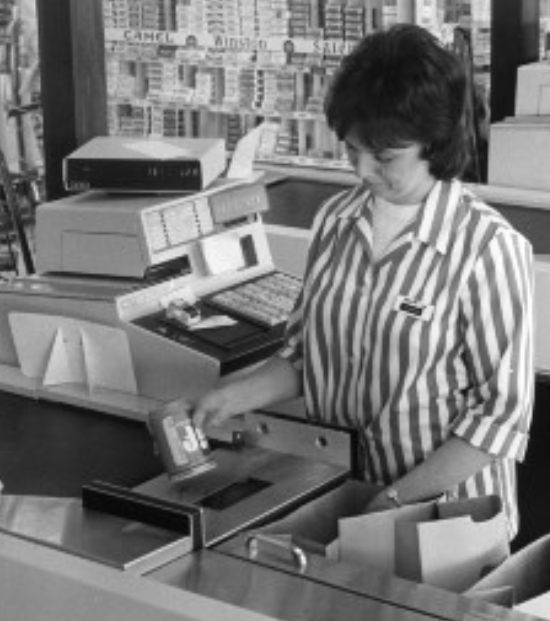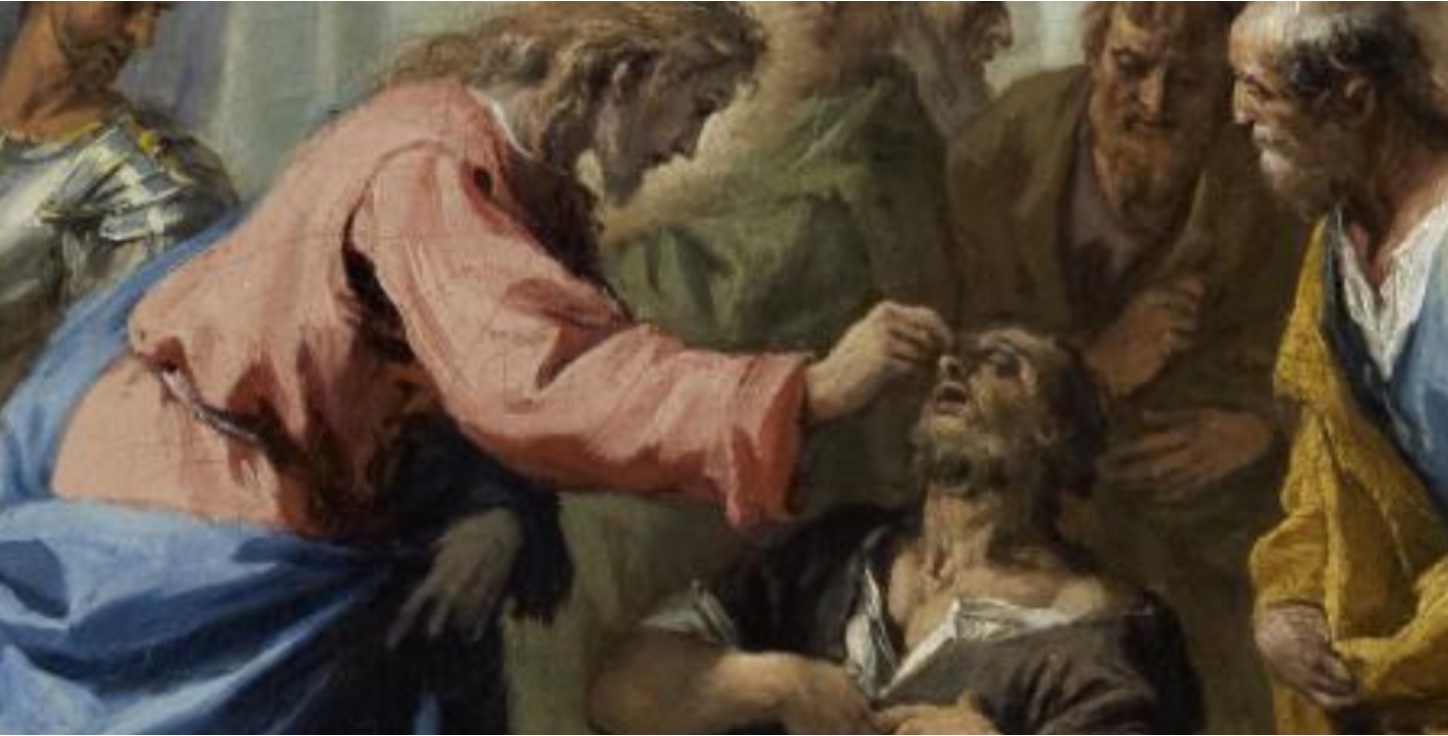Blog
I’ve been thinking...

If I remember correctly, I was driving home from the airport while listening to an NPR clip about two airline pilots overflying their destination by 150 miles. The commentator said they “lost situational awareness” while using laptop computers for personal activities. I’m sure these pilots were not dumb, but what they did was stupid.
What in the friendly skies were they thinking? What if their inattentiveness had caused a crash and killed the 144 passengers and three flight attendants aboard? I mumbled something like “throw the book at them.”
That’s about when I realized that I had lost exit awareness on I-405—all because I was peeking at a text on my iPhone. What on earth was I thinking?
A line penned by first century Paul of Tarsus that I learned as a kid nailed me, “You who pass judgment do the same things.”
A host of distractions cause drivers to loose situational awareness (e.g., putting on makeup; juggling that hamburger, fries, and a coke; futzing with a navigational system). Apparently, however, none is as dangerous as texting. And a lot of us do it a lot.
Last May, Reuters ran an article on recent text-and-drive research subtitled, “Virtually all teenagers agree that texting while driving is dangerous, but nearly half admit they have done it anyway.” I’d guess the other other half consists of those who don’t yet drive, while the rest are probably lying.
Adults are not much different—providing they are technology savvy enough to have smart phones. There’s a chance you just received notification of this article on a cell phone while driving, and, like Pavlov’s pup, you were tempted to fumble around to see what the chime was about. I’m sure when we take such risks, we are overly confident, assuming we can do it safely. Like those pilots.
So what’s to be done? A color-coded map from the Institute for Highway Safety shows the 39 states that have banned texting altogether while driving. Five have instituted partial bans, while six states seem to be caught in traffic. Try if you want, but you won’t find any correlation with CNN election maps designating red and blue states. The lawmakers appear to be nonpartisan on this issue.
Has legislation helped? Apparently, not much. As a matter of fact, there are data, which suggest things have gotten worse. Adrian Lund, president of the Highway Loss Data Institute, argues the resulting increase in crashes may stem from compounding distractions—“not only texting while driving but also attempts to avoid getting caught by holding phones lower, which in turn takes drivers’ eyes off the road even longer.” Glowing-face syndrome makes this work-around harder to achieve after dusk.
In addition to legislation and citations, authorities work to educate. For example, The Virginia Tech Transportation Institute informs drivers that “sending or receiving a text takes a driver’s eyes from the road for an average of 4.6 seconds, the equivalent—at 55 mph—of driving the length of an entire football field, blind.”
About 100,000 people are texting and driving at any given moment, according to a study by the National Highway Traffic Safety Administration. And more than a million accidents are caused each year by distracted drivers—many while texting.
Even without the data, we intuitively know the dangers. The problem is, too many of us we feel we are the exception, capable of multitasking behind the wheel.
States have made and enforce laws related to drunk driving. The Feds require car manufacturers to install seatbelts and states issue stiff fines for not buckling up. But forcing functions have also been necessary. DUI offenders, after licenses are returned, must blow alcohol-free breath into detection devices in order to start their cars. Buzzers and warning lights are triggered when drivers start their vehicles without having fastened their seatbelts.
Introducing forcing functions on mobile devices to govern texting seems to be a giant step in the right direction. One of many such smart-phone apps, DRIVE OFF, automatically disables notifications and incoming calls once a car reaches 10 mph. In cases of emergency, static screens allow users to dial 911. I bet most parents would like this on their kids’ phones but probably would not be applying it to their own.
Just as we have aeronautic and automobile safety technologies coupled with protocols for using them properly, hospitals are increasingly utilizing patient- safety technologies, which must be used correctly. Not the least of these are bar-code patient-identification and medication-administration (BCMA) systems.
Seatbelts don’t save lives unless they are used the way they were intended. Likewise, the best bedside barcoding systems don’t protect nurses from making mistakes and patients from harm unless they are used the way they were intended. Hospitals must continue to find and institute best practices, educate users, identify unintended consequences, own up to work-arounds, and hold employees accountable for noncompliance. But like drivers, caregivers can still work around and mitigate the value of these systems.
I applaud vendors who are devoted to developing forcing functions that ensure compliance with patient-safety systems BCMA offers.
For example, a small Vermont hospital came up with a patient-wristband printing program that requires users to include the date and their names (in small print) on every wristband they print. This all but shuts to door to anyone producing surrogate wristbands, which can be scanned down the hall as opposed to on the patient.
I wish I could think of other BCMA forcing functions in play or in development but I have to admit, I can’t. Can anyone else? I would love to hear from you on this.
We all believe caregivers, like drivers, have a moral obligation to avoid working around safe practices. But I also believe our technology must continue to evolve when possible toward making it easier for nurses to do their good work, while making it more difficult for them to engage in dangerous work-arounds.
What do you think?
 Mark Neuenschwander
Mark Neuenschwander
P.S. So, yesterday my tenth grandchild arrived, James Anthony Neuenschwander. Today I watched a caregiver positively match mother and baby. I was glad to see the bar-coded anklet. I was not so glad that the caregiver had James’ mother read the numbers beneath the bar code on her wristband as she verified that the numbers under the bar code on the baby’s anklet matched. Hmm. Scanners, people.
Blog
I’ve been thinking...
Be a THRIV Champion
Together we can increase IV accuracy and prevent harm, including death, by promoting the universal adoption + faithful utilization of workflow management safety systems.


